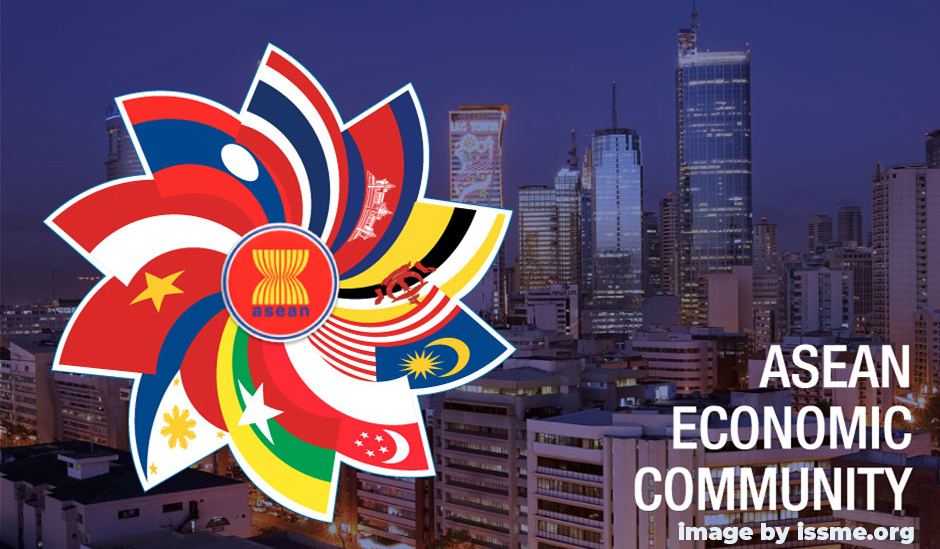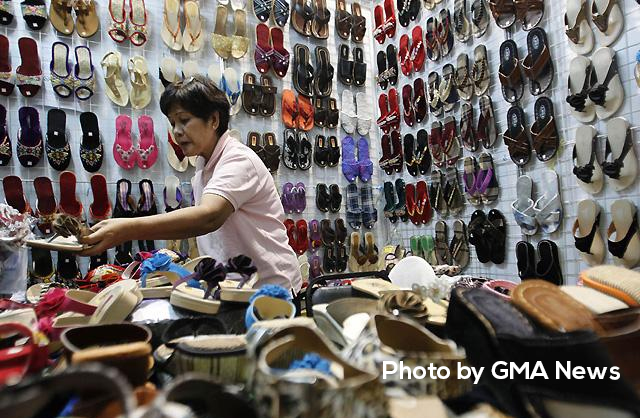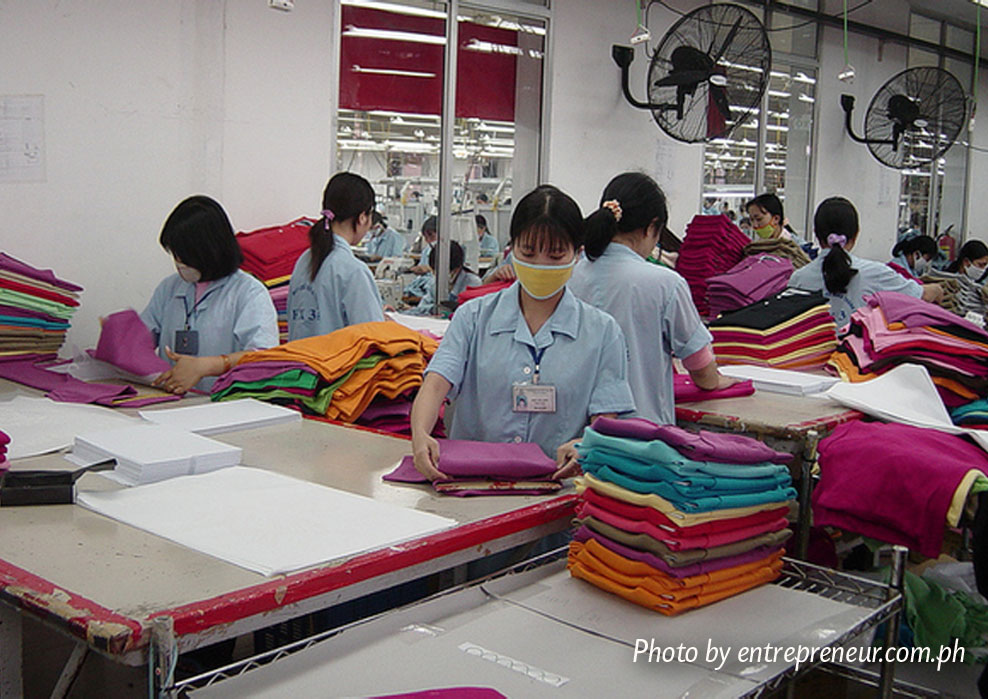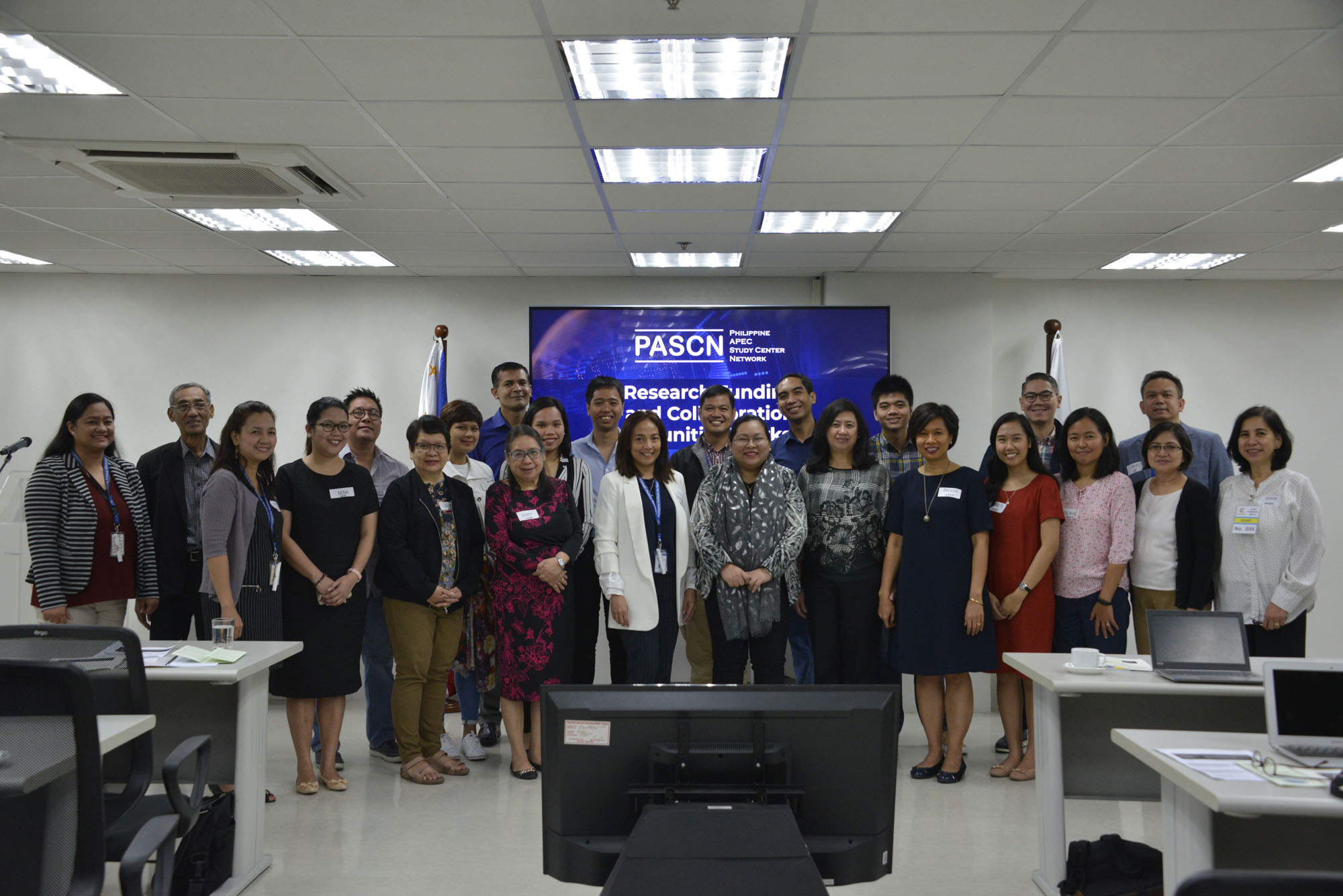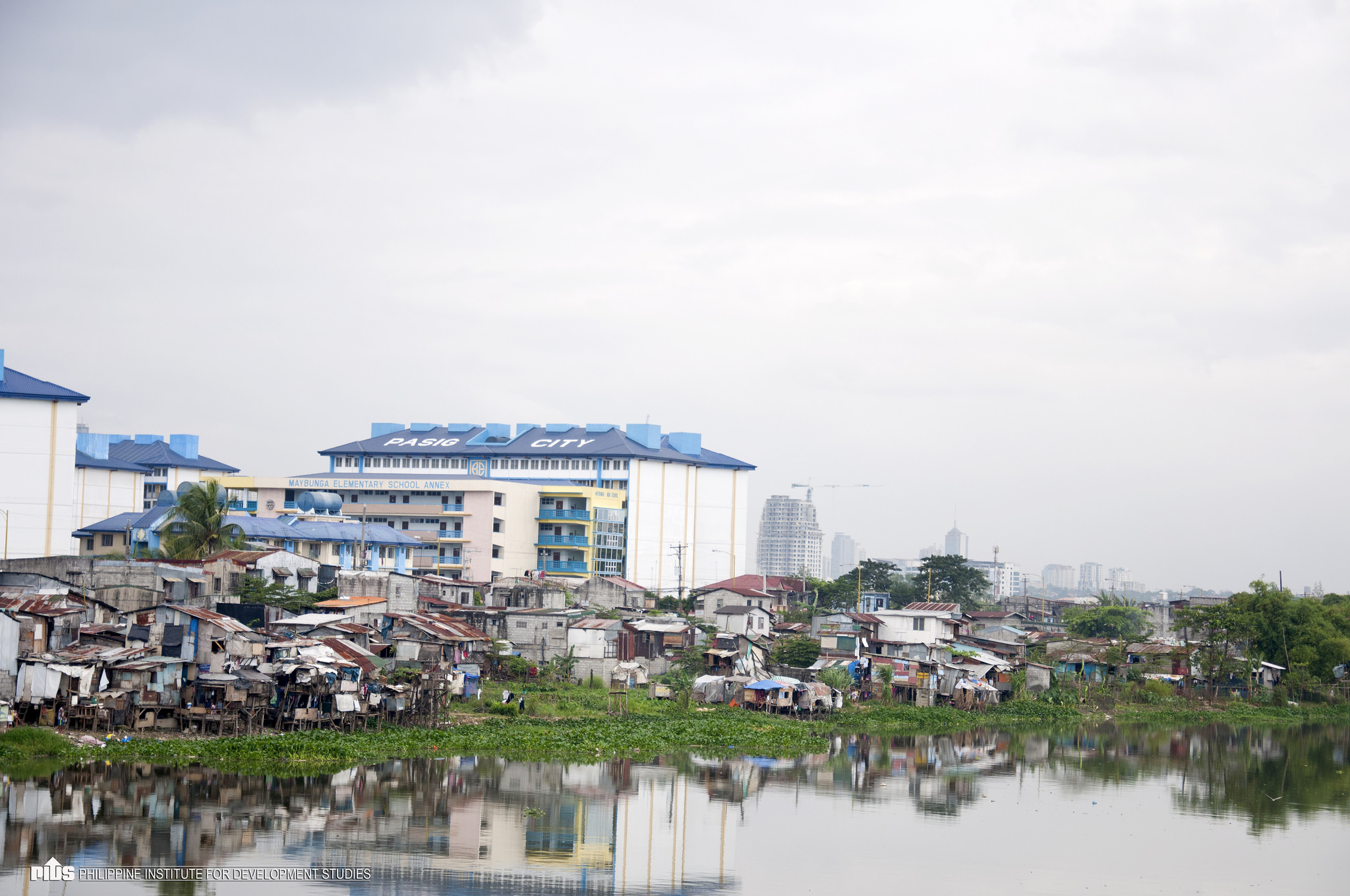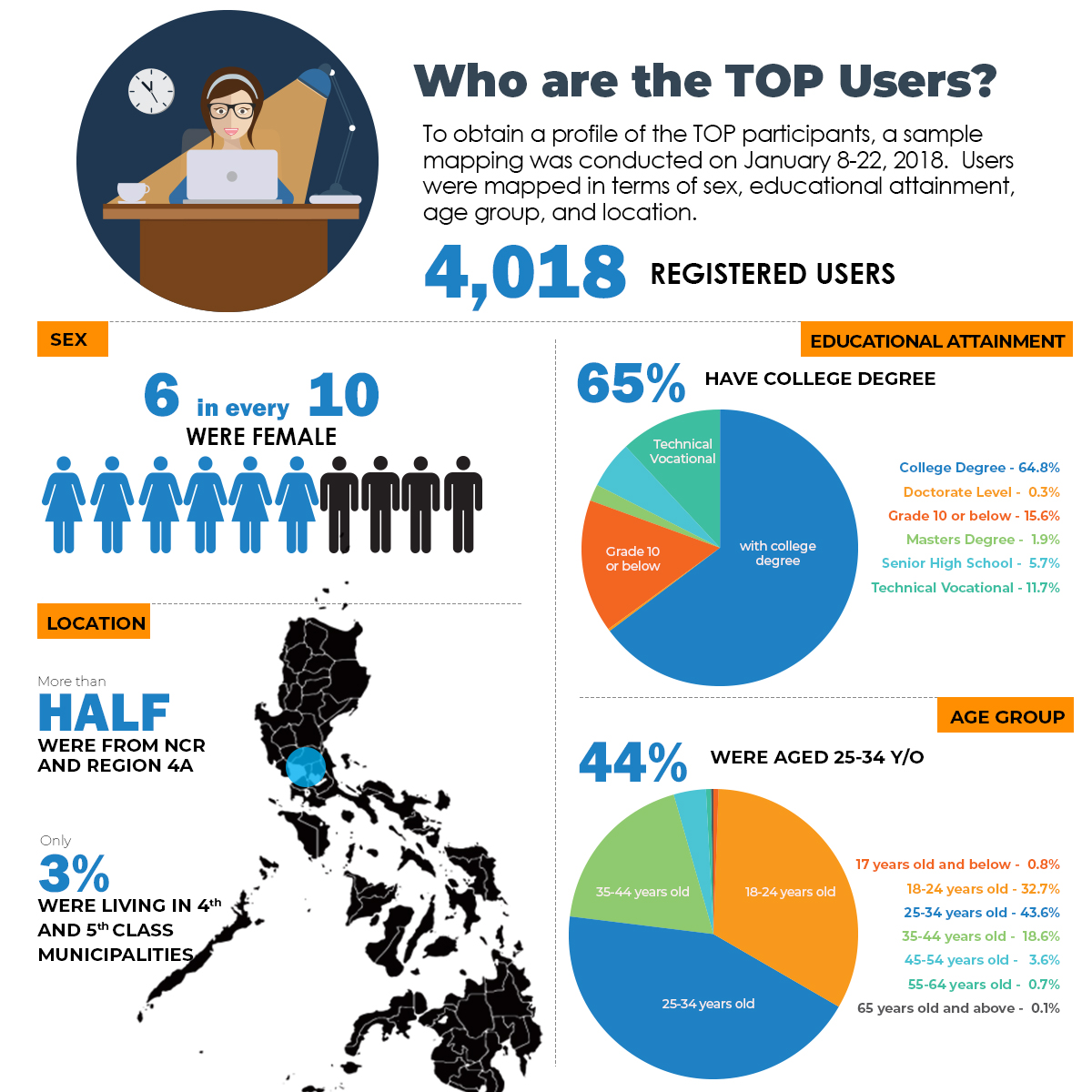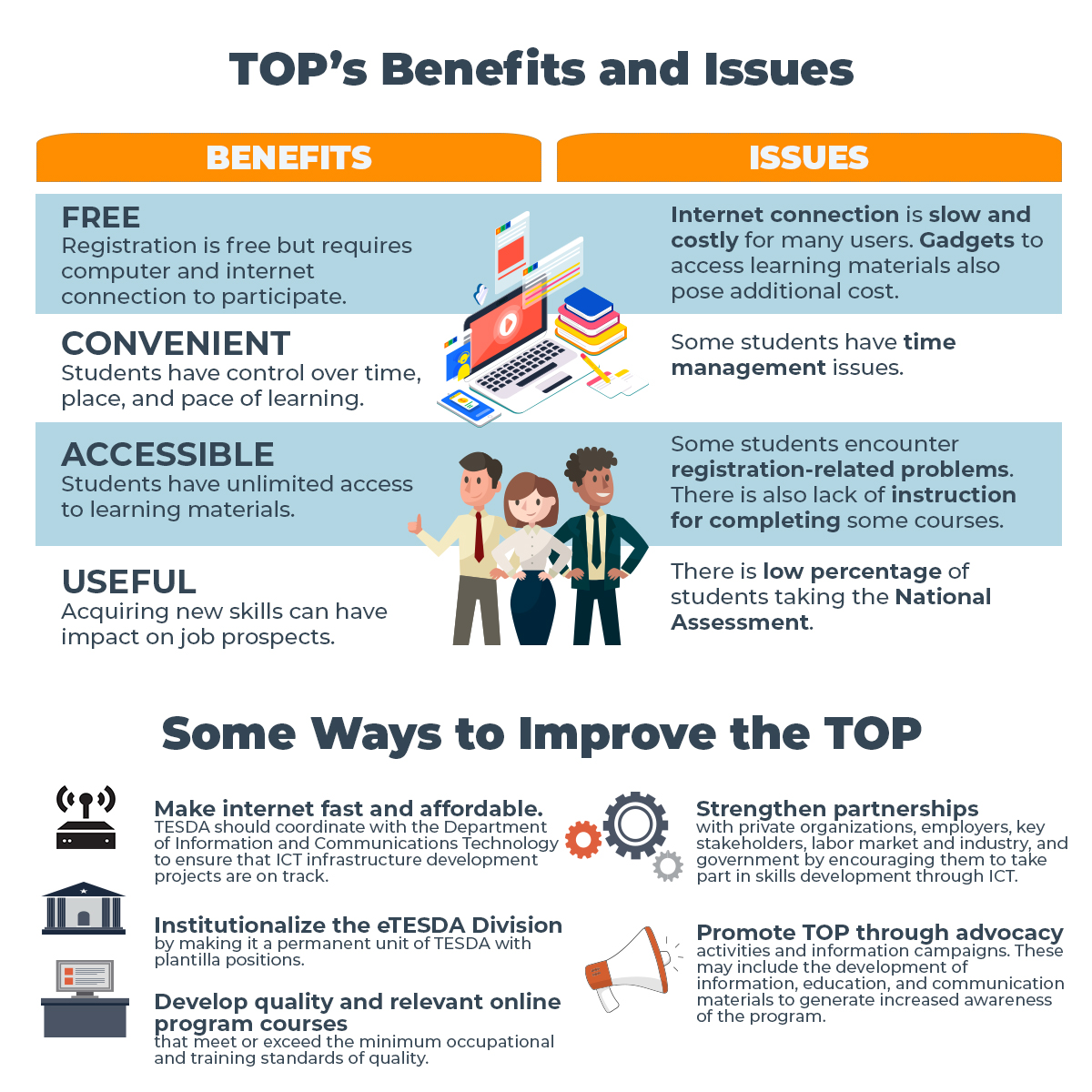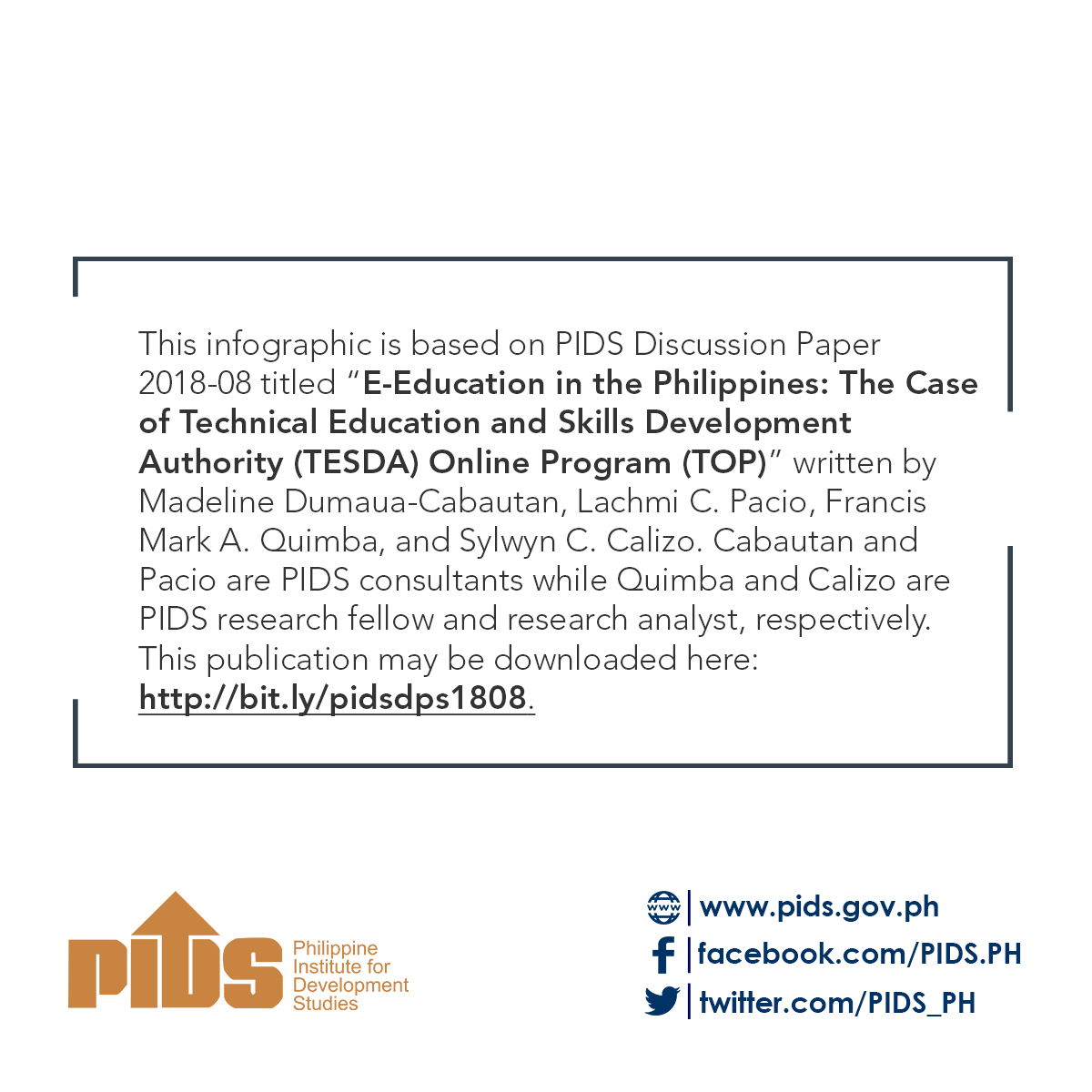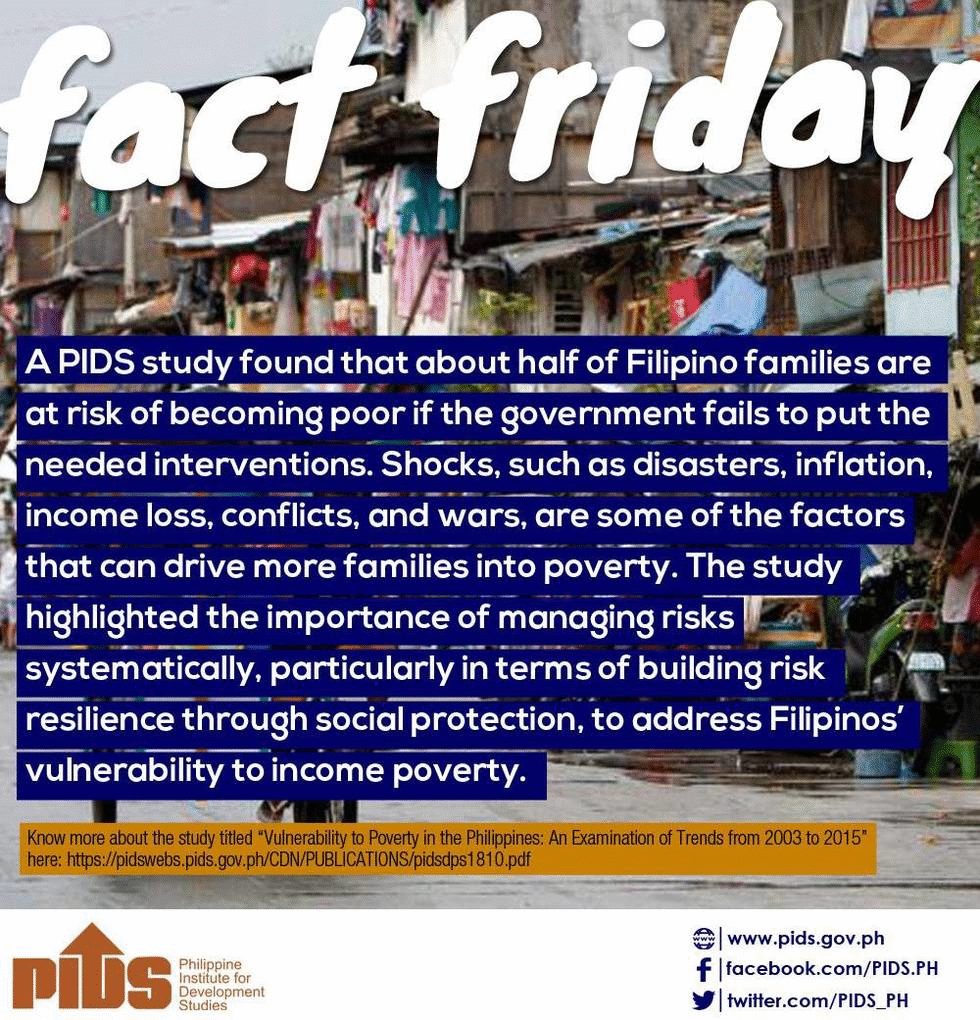Having trouble reading this email? View it in your browser. |
||||
 |
||||
|
||||
RESEARCH PAPER SERIES RPS 2018-03:
The Comprehensive Agrarian Reform Program After 30 Years: Accomplishments and Forward Options
POLICY NOTE PN 2018-16:
Why Vulnerability Assessment Matters for Poverty Reduction This Policy Note examines why, despite the country's robust economic growth in recent years, the proportion of Filipinos living in poverty has not been significantly reduced. It highlights the importance of vulnerability in the assessment of poverty reduction. Among others, it finds approaches to poverty have largely been curative, but not preventive. Moreover, poverty alleviation and social protection efforts have typically revolved around the formulation of one-size-fits-all strategies. For poverty reduction efforts to have greater impact, this study urges the government to build an enabling environment for shared action and responsibility among local government and other stakeholders. It also argues that poverty reduction programs should not only cure poverty but also prevent it, or at least mitigate its harm to people who are at risk. It also favors differentiated rather than one-size-fits-all interventions to manage the risks among various poverty-vulnerable groups. Click here to download the paper.
DISCUSSION PAPERS DP 2018-21: Assessment of the Philippine Electric Power Industry Reform Act The Electric Power Industry Reform Act (EPIRA) is one of the landmark pro-market reforms implemented to achieve reliable and competitively priced electricity in the Philippines. Due to its perceived ineffectiveness, however, the law has been subjected to a number of criticisms with some calling for its review, if not an outright repeal. Generally, EPIRA adopted the "ideal" textbook architecture of the competitive energy markets found to be historically successful in Argentina, Canada, Brazil, and Australia, among others. Such adoption led to the creation of institutional arrangements and restructuring intended to provide long-term benefits and ensure that prices reflect the efficient economic cost of supplying electricity and service quality attributes. Thus far, two major findings stood out. First, the EPIRA appears to be a well-thought power sector reform design, having followed most of the features of the kind of reform structuring found to be successful historically. Second, significant progress has been attained. Although, a number of measures should be in place to sustain the progress and promote more competitive power supply and retail rates for all consumers. These measures include policy changes in the subcomponents of the power industry such as generation, transmission, and distribution; and improvement in other areas such as reduction of system losses and universal charges, socialized pricing mechanism, taxes, and demand-side management. Click here to download the paper. DP 2018-20: Profile and Determinants of the Middle-Income Class in the Philippines This paper defines the middle-income class as that whose per capita incomes are within two and twelve times the (official) poverty line. Descriptive analyses show that middle-income households (1) are largely found in urban areas, (2) have members (working age) employed in stable jobs, and (3) place high value on investing in human capital. The determinants of middle-income status are identified using a multinomial logistic model. Results of the empirical estimation are generally consistent with the findings of the descriptive analyses. The paper also provides policy discussions on unintended consequences arising from the growth of the middle income and on the need for policy action to address the concerns. The study also performs a simulation exercise to assess whether the long-term goal of a predominantly "middle-class" society can be achieved using the thresholds for defining the middle-income class. Click here to download the paper. DP 2018-19:
Going Digital: From Innovation to Inclusive Growth in the Philippines The report looks at the components of the digital economy in the Philippines to understand its current landscape. These include the physical infrastructure—through which data are transmitted—the devices, software, and the functionalities that these offer. It also provides a closer look at the benefits of the digital economy by looking at specific case studies, particularly the TESDA online portal for e-education and the konek2CARD for e-finance. The case studies show that the inclusion of the digital economy is facilitated by developments in infrastructure. An examination of the current policy environment shows that there are key plans in place for the development of a national broadband network in the Philippines. On the demand side, policies to take care of the privacy and data of the individual users are already in place. Finally, some conclusions and policy recommendations are made to further support the digital economy in the Philippines. Click here to download the paper. DP 2018-18: Social Mobility in the Philippines: A Research Road Map In 2016, the National Economic and Development Authority launched AmBisyon Natin 2040, which embodies the long-term aspirations of Filipinos for themselves and for the country. At the heart of these aspirations is the idea of social mobility or the movements of entities from lower socioeconomic status to higher socioeconomic outcomes. However, issues on poverty and inequality of opportunities remain and these can potentially derail the attainment of these aspirations. To this end, this paper provides the rationale behind the development of a research agenda on social mobility and reviews materials that can help in quantifying distributional changes and in identifying processes or mechanisms affecting mobility. It also identifies available datasets and existing studies in the Philippines that can be used to enrich the state of social mobility research in the country. Doing so will help policymakers come up with a system of programs or interventions to facilitate and sustain upward mobility and, at the same time, address issues such as in-work poverty and inequality. Click here to download the paper.
|
December 10, 2018, 8AM–5PM -----------------------------------------
The Philippine Journal of Development is a professional journal published by the Philippine Institute for Development Studies. It accepts papers that examine key issues in development and have strong relevance to policy development. As a multidisciplinary social science journal, it accepts papers in the fields of economics, political science, public administration, sociology, and other related disciplines. It considers papers that have strong policy implications on national or international concerns, particularly development issues in the Asia-Pacific region. CLICK HERE for the guidelines in the preparation of articles. Submissions and inquiries may be sent to PJD@mail.pids.gov.ph. |
|||
To keep pace with the competition brought about by the integration of the Association of Southeast Asian Nations (ASEAN), small and medium enterprises (SMEs) in the Philippines are urged to improve their internal processes and systems.
The export relations of Philippine micro, small, and medium enterprises (MSMEs) with non-ASEAN partners exhibited better survival rate compared to those with ASEAN countries, according to a study recently published by state think tank Philippine Institute for Development Studies (PIDS).
A study of state think tank Philippine Institute for Development Studies (PIDS) found that innovation, whether simple or complex, can help improve a firm’s labor productivity and employment growth.
Filipino researchers can apply for research funding from the European Union’s (EU) Horizon 2020 program. This is according to Dr. Jenny Lind Elmaco, Marie Curie Alumni Association Country Representative and Office of Strategic Partnerships Director at Silliman University. Elmaco said the Horizon 2020 program is EU’s biggest research and innovation program with nearly EUR 80 billion (PHP 4.77 trillion) of funding available from 2014 to 2020. “Right now, there is a targeted cooperation with the Philippines and it’s on transport,” Elmaco said during the workshop on research funding and collaboration opportunities recently organized by the Philippine Institute for Development Studies (PIDS) and the Philippine APEC Study Network (PASCN). READ MORE
Shocks, such as natural disasters, inflation, income loss, conflicts, and wars, are just some of the factors that can drive more families into poverty or keep them in that situation. According to estimates of state think tank Philippine Institute for Development Studies (PIDS), close to half of Filipino families are at risk of remaining or becoming poor if government fails to put the needed interventions to protect them. According to a PIDS study authored by Jose Ramon Albert and Jana Flor Vizmanos, PIDS senior research fellow and research analyst, respectively, about 48.5 percent of Filipino households are vulnerable to income poverty, a third of which are highly vulnerable. READ MORE |
||||
POLICY ISSUE AT A GLANCE How Effective Is E-Education in the Philippines? (The Case of TESDA Online Program) Using information and communications technology in education delivery can help expand access to education especially for the underserved population. Nearly 64 percent of Filipinos as of 2016 were already connected to the internet. To take advantage of this growing online access, the Technical Education and Skills Development Authority (TESDA) launched the TESDA Online Program (TOP) to reach thousands of unreached Filipinos globally and to provide more technology-driven and technology-managed teaching and learning tools for free. How effective is this new platform? Does it contribute in making technical and vocational education and training more accessible and inclusive? This infographic shows some statistics about the TOP, the benefits of using this platform, and the issues faced by the program participants. It also puts forward some recommendations on how to improve the TOP.
To view in actual size, visit the PIDS website or the PIDS Facebook page.
FACT FRIDAY Every Friday, PIDS releases nuggets of research results culled from different PIDS studies. Here are the latest #PIDSFactFriday issue. Like us on Facebook for more #PIDSFactFriday issues. |
||||
Need help? Have feedback? Feel free to contact us. © 2018 Philippine Institute for Development Studies.
|
||||
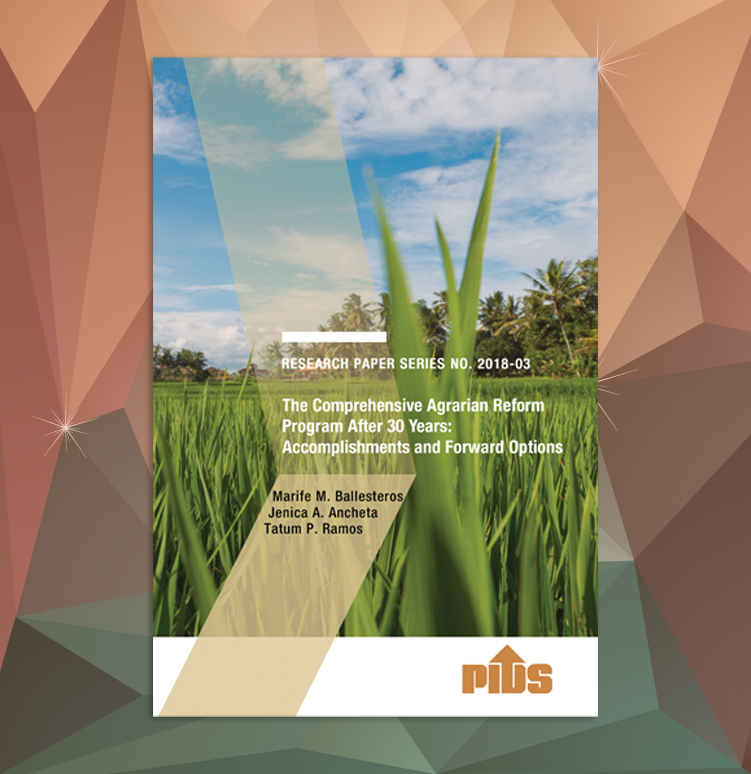 This study evaluates the performance of the Comprehensive Agrarian Reform Program (CARP) in the last 30 years using the program's theory of change. The accomplishments of CARP in terms of land reformed area and number of beneficiaries for the past 30 years have been substantial. However, there is evidence that the program has been poorly targeted in terms of areas covered and beneficiaries. While the implementation of the program may have been flawed, there is no need to redo the CARP. Instead, the government should focus on supporting agricultural modernization programs that benefit small farmers such us scaling up promising arrangements (e.g., block farming, agribusiness venture arrangements). On the other hand, issues on land consolidation, land ownership concentration, or land conversion can be better addressed by converging the efforts of land agencies and digitizing land management and administration.
This study evaluates the performance of the Comprehensive Agrarian Reform Program (CARP) in the last 30 years using the program's theory of change. The accomplishments of CARP in terms of land reformed area and number of beneficiaries for the past 30 years have been substantial. However, there is evidence that the program has been poorly targeted in terms of areas covered and beneficiaries. While the implementation of the program may have been flawed, there is no need to redo the CARP. Instead, the government should focus on supporting agricultural modernization programs that benefit small farmers such us scaling up promising arrangements (e.g., block farming, agribusiness venture arrangements). On the other hand, issues on land consolidation, land ownership concentration, or land conversion can be better addressed by converging the efforts of land agencies and digitizing land management and administration. .jpg)
